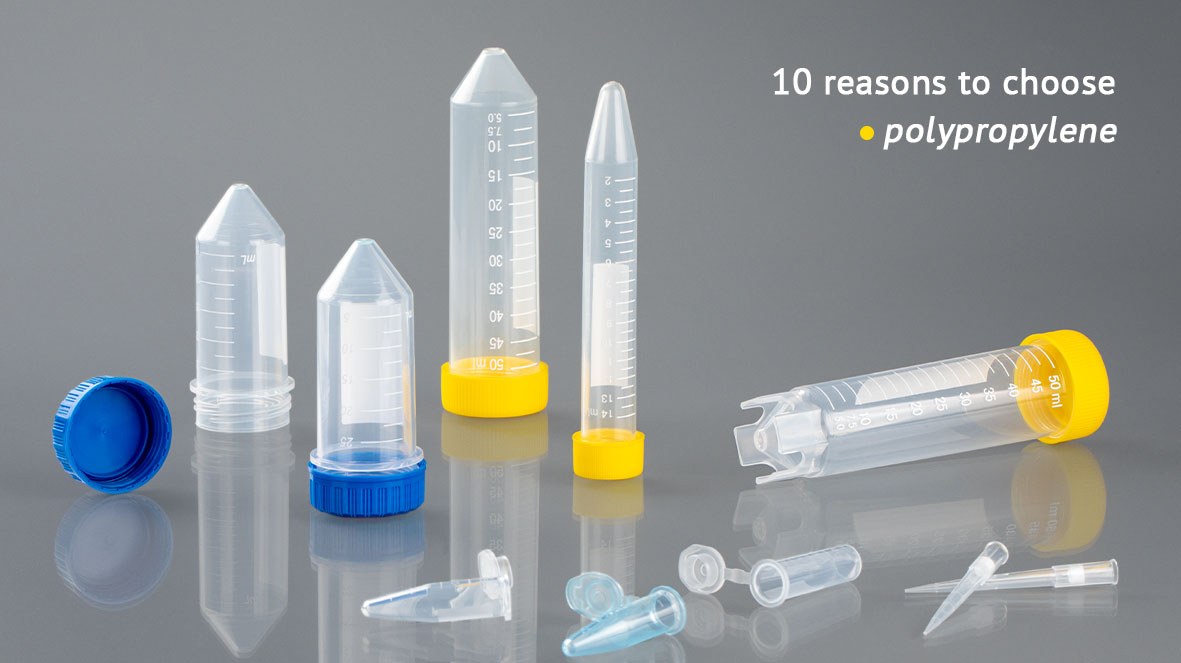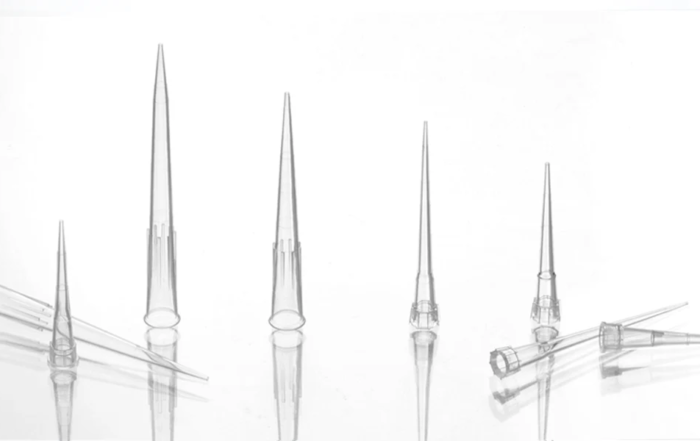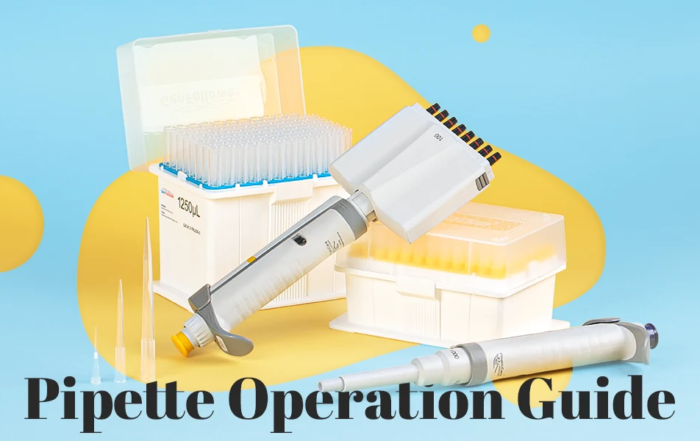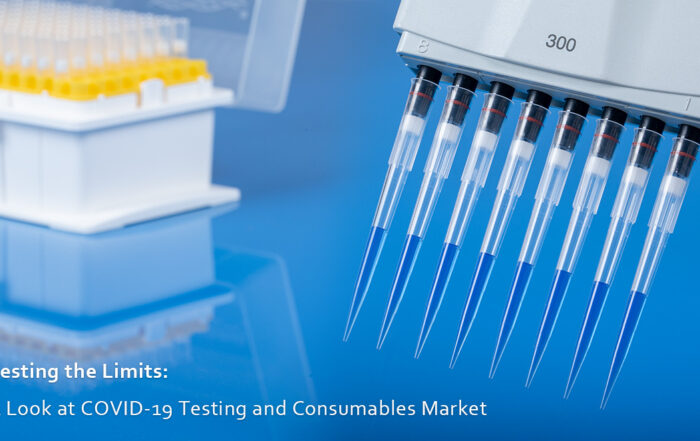What is PP?
Polypropylene, or PP for short, is a semi-crystalline thermoplastic synthesized by Giulio Natta in 1954.
It is one of the usual common polymer materials, with high impact resistance, strong mechanical properties, resistance to a variety of organic solvents and acid and alkali corrosion, and has a wide range of applications in industry. Such as a variety of laboratory pipette tips like using pure PP production.
Do you know why they choose PP? What are the advantages and disadvantages of it compared with other general materials?
01 Density
The density of PP is only 0.90~0.91g/cm3, which is the smallest density among all synthetic resins, only about 60% of the PVC’s. It means that more products of the same volume could be produced with the same weight of the raw materials.
02 Mechanical properties
This material has good tensile strength and rigidity, but poor impact resistance, especially at low temperatures. Besides, if there is orientation or stress when the product is formed, the impact resistance will be significantly reduced. Although its impact resistance is poor, after modification such as filling or reinforcement, its mechanical properties could be comparable to higher-cost engineering plastics in many fields.
03 Surface hardness
The surface hardness of PP is low among the five types of general plastics, only slightly better than PE. When the crystallinity is higher, the hardness will increases accordingly, but it is still inferior to PVC, PS, ABS, etc.
04 Thermal properties
Among the five major general-purpose plastics, PP has the best heat resistance. Polypropylene plastic products could work under 100℃ for a long time and will not be deformed when heated to 150℃ without external force. After using nucleating agents to improve the crystalline state of PP, its heat resistance could be further improved, and it could even be used to make utensils for heating food in the microwave oven.
05 Stress cracking resistance
The residual stress in the molded product or the product working under continuous stress for a long time will cause stress cracking phenomenon. Organic solvents and surfactants could significantly facilitate this process. Therefore, stress cracking tests were all performed in the presence of surfactant. The commonly used adjuvant is alkyl aryl polyethylene glycol.
Tests have shown that PP material has the same good resistance to stress cracking when immersed in surfactant as it does in air. Moreover, the smaller the melt flow rate of PP (i.e., the higher the molecular weight), the stronger the stress cracking resistance.
06 Chemical stability
PP has excellent chemical stability. It is inert to most acids, bases, salts and oxidizers. For example, it is stable in concentrated phosphoric acid, hydrochloric acid, 40% sulfuric acid and their salt solutions at 100℃. Only a few strong oxidizing agents such as Oleum could make it change. PP is a non-polar compound and very stable to polar solvents, such as alcohols, phenols, aldehydes, ketones and most carboxylic acids will not swell it, but it tends to easily dissolve or swell in some non-polar organic solvents
07 Air tightness (gas barrier property)
PP has a certain permeability to oxygen, carbon dioxide and water vapor, which is significantly different than nylon (PA) and polyester (PET). For high-barrier plastics, such as PVDC, EVOH, etc., it is even worse. But compared to other non-plastic materials, its air tightness is quite good. The air tightness could be greatly improved by adding barrier materials or coating the surface with barrier plastics.
08 Ageing property
PP molecules contain tertiary carbon atoms which are easily broken and degraded by photothermal action. PP without stabilizer will become brittle when heated at 150℃ for more than half an hour, or exposed to sunlight for 12 days. PP without stabilizer will also be seriously degraded when store indoors out of light for 4 months, and it will emit a distinct sour taste.
Adding more than 0.2% antioxidants before PP powder granulation would effectively prevent the degradation and aging of PP during processing. Antioxidants are divided into two categories: free radical chain reaction terminators (also known as primary antioxidants) and peroxide decomposers (also known as secondary antioxidants). The reasonable coordination of two antioxidants will exert a good synergistic effect.
The currently recommended B215 antioxidant is a combination of the main antioxidant 1010 (phenols) and the auxiliary antioxidant 168 (phosphite) in a ratio of 1:2. In order to prevent photoaging, it is necessary to add a UV absorber to PP, which could convert the UV absorption and excitation of the wavelength of 290~400nm into non-destructive longer wavelength light. For PP plastic products buried in the soil or used indoors to avoid light, only main and auxiliary antioxidants are needed, and no need to add UV absorbents.
09 Electrical property
PP is a non-polar polymer, with good electrical insulation, and because the water absorption is very low, electrical insulation is not affected by humidity. Moreover, its dielectric constant and dielectric loss factor is very small, not affected by frequency and temperature. The dielectric strength of PP is high and increases with temperature. These are beneficial for electrical insulating materials in wet and hot environments. On the other hand, the surface resistance of PP is very high, and antistatic treatment must be carried out in some occasions.
10 Processability
PP is a crystalline polymer, and its particles need a certain temperature to start to melt. It is unlike PE or PVC, which softens as the temperature increases during the heating process. Once reach a certain temperature, the PP particles melt rapidly and could be completely transformed into a molten state within a few degrees.
It has good fluidity in molding processing, since melt viscosity of PP is low. Especially when the melt flow rate is high, its melt viscosity will be lower. It is suitable for injection molding of large thin-walled products, such as the inner tub of a washing machine.
After PP leaves the die, larger grains will be formed if it is slowly cooled in the air, and the product will be transparent. If it is quenched in water (as follows to make a film by blowing water cooling method), the molecular motion of PP is rapidly frozen, so crystals would not be formed, and the film is completely transparent. The molding shrinkage rate of PP is large, reaching more than 2%, which is much larger than that of ABS plastic (0.5%).
The molding shrinkage rate of PP could vary with the type and amount of other materials added, which needs to be carefully considered when making injection molded products with matching dimensions.
转自-链塑网
The Ultimate Guide to Pipette Tips
Welcome to the Ultimate Guide to Pipette Tips—your comprehensive resource for everything you need to know about these indispensable laboratory tools! Whether you're new to the lab or a seasoned scientist, understanding pipette tips [...]
Beginner’s Guide: How to Use a Pipette Correctly
Beginner's Guide: How to Use a Pipette Correctly Whether you're preparing reagents or conducting various experiments, pipettes are indispensable in the lab. However, many beginners often feel confused when using them, sometimes [...]
Testing the Limits: A Look at COVID-19 Testing and Consumables Market
The COVID-19 pandemic has drastically impacted every aspect of our lives, from the way we socialize and work to how we travel and shop. At the center of the health crisis is the [...]



